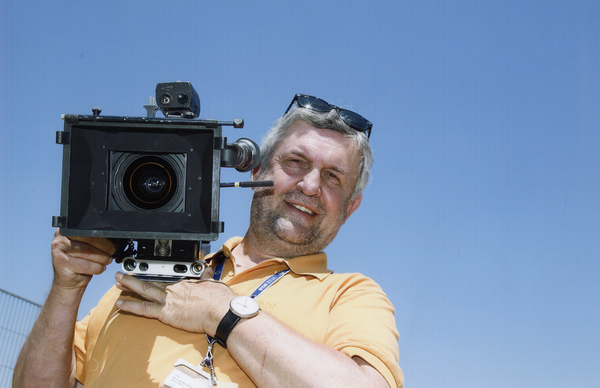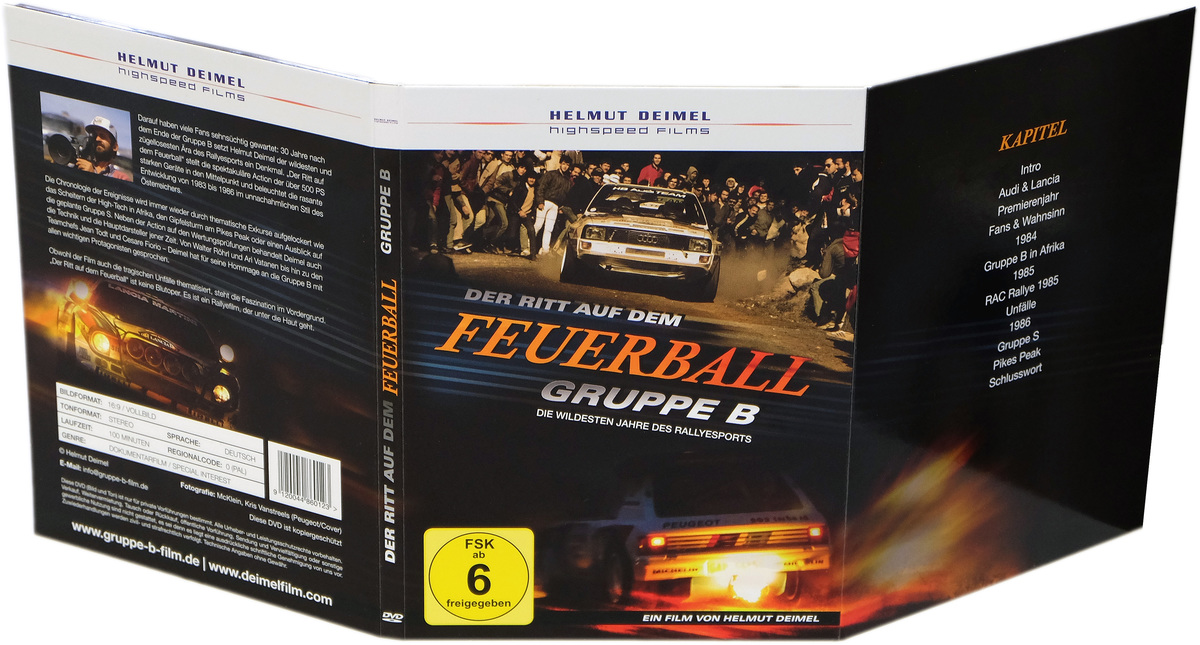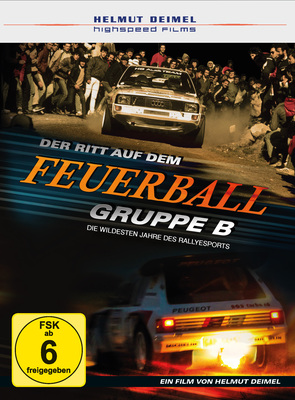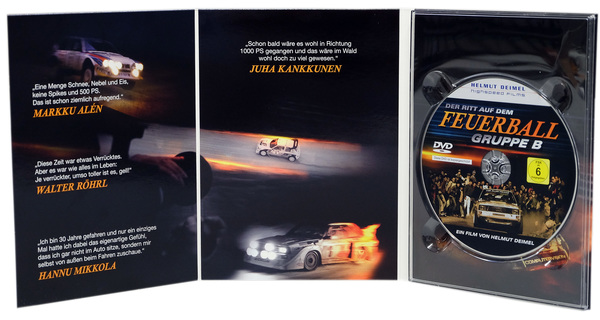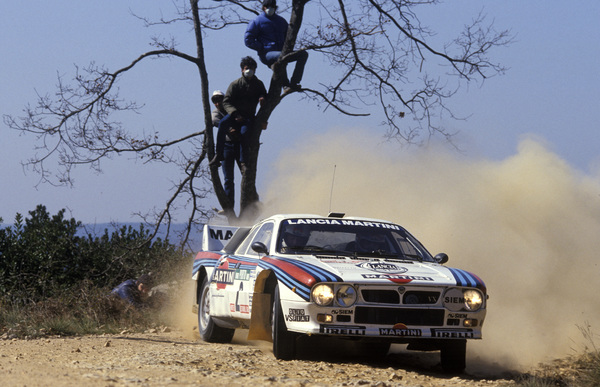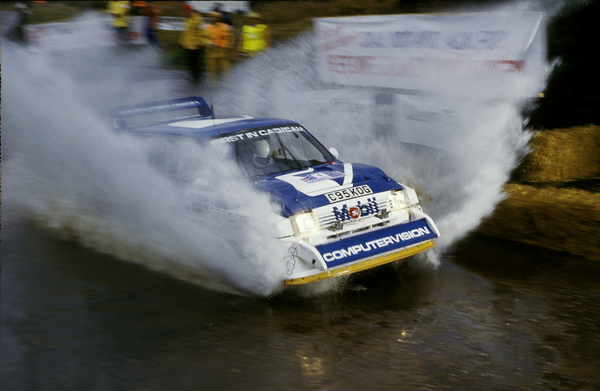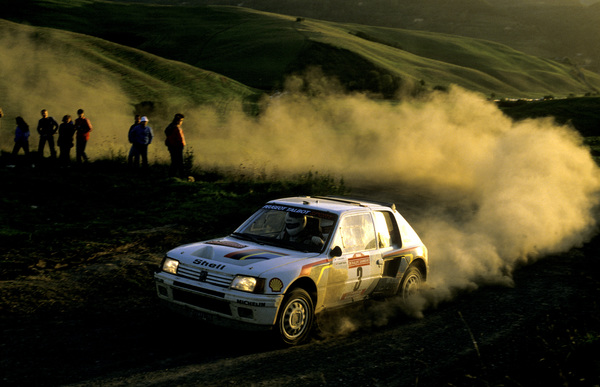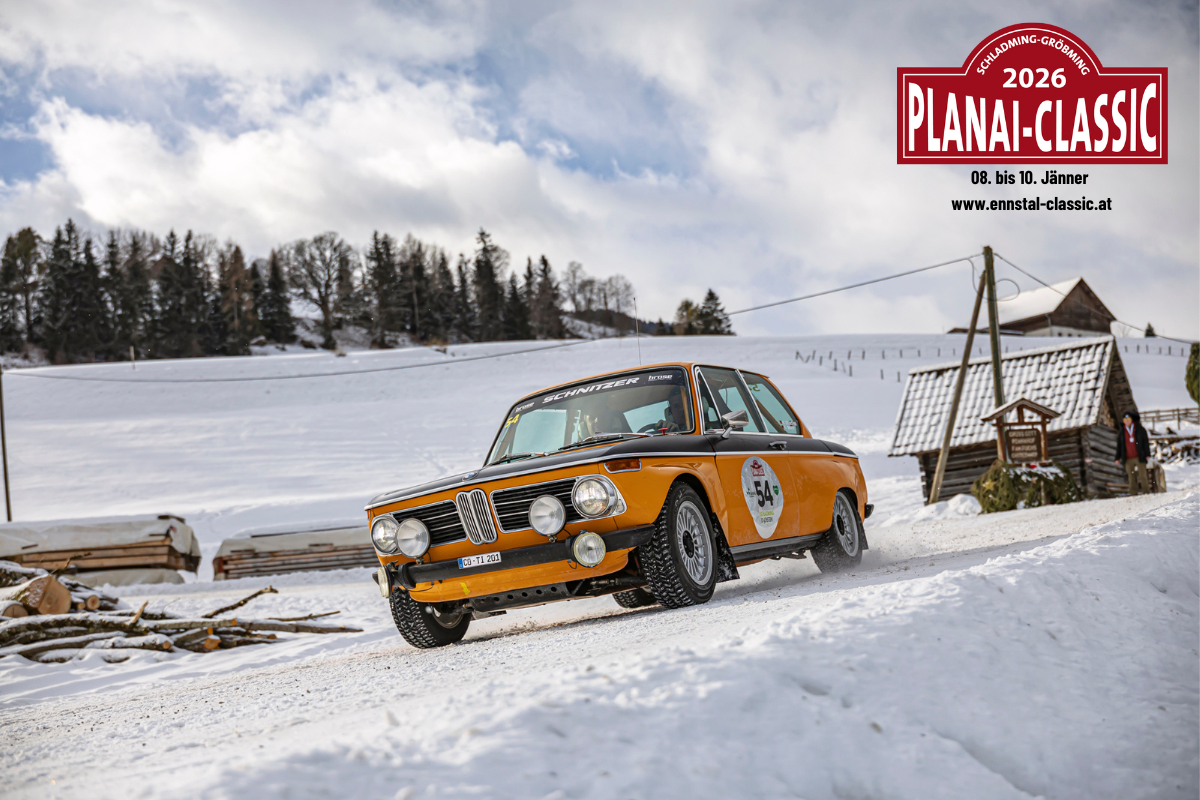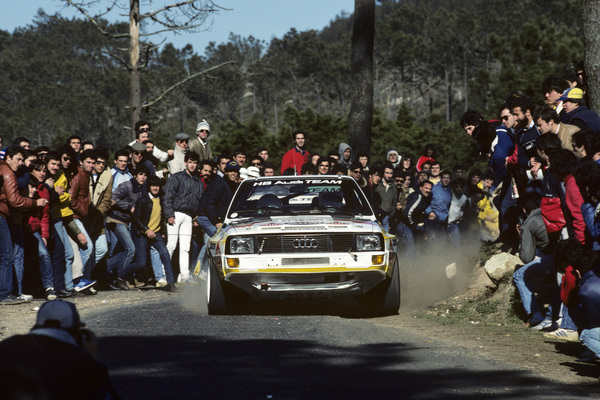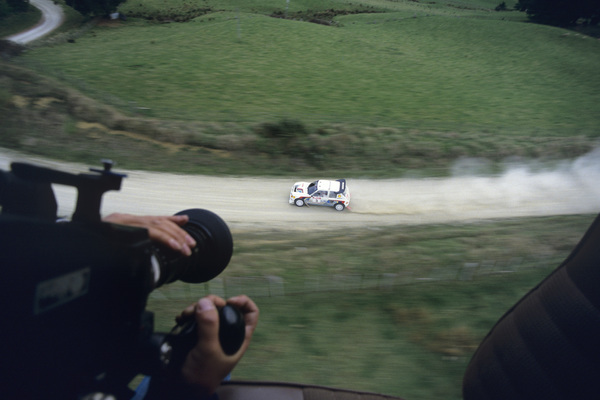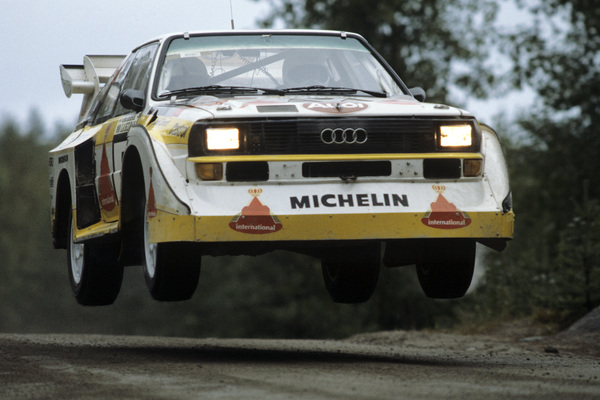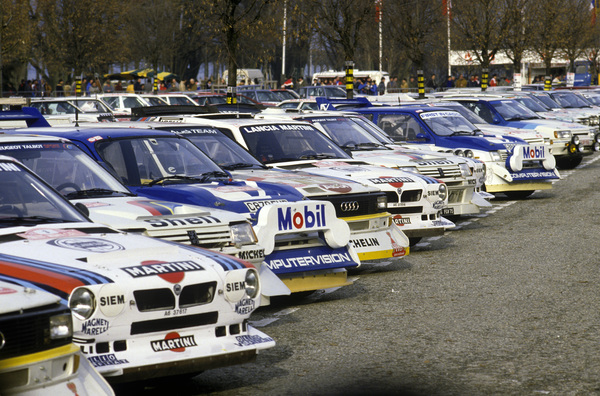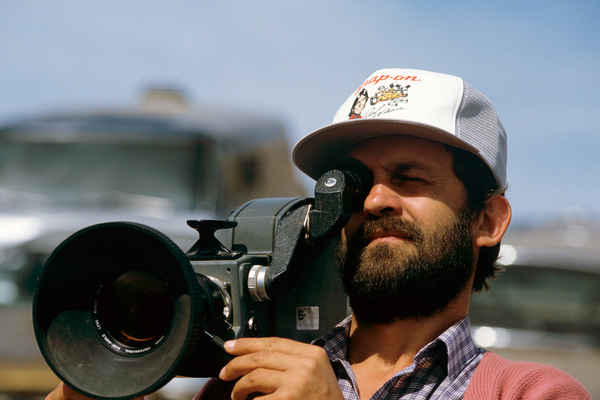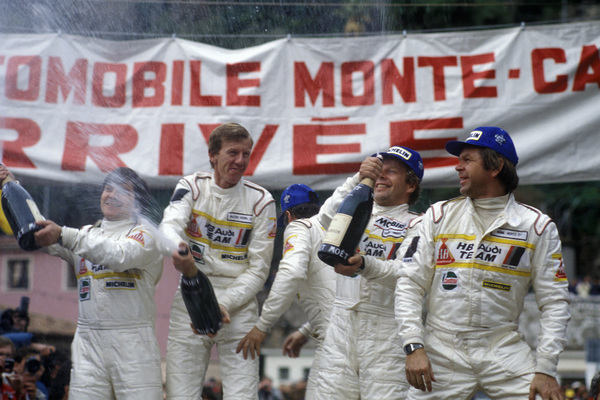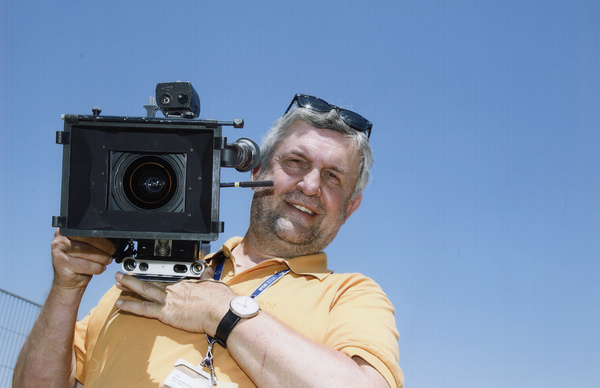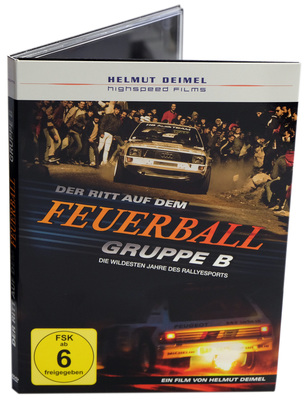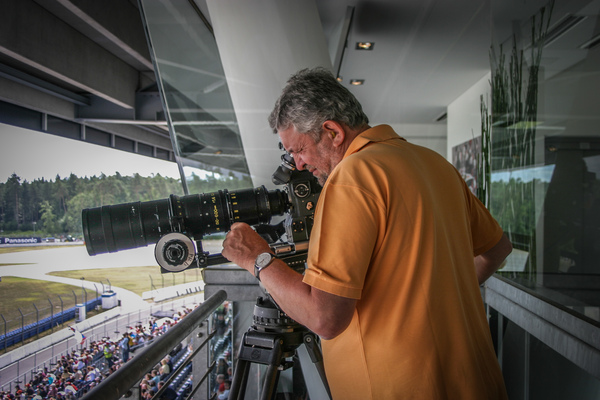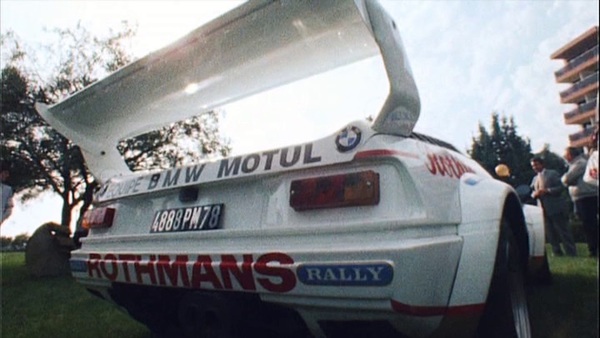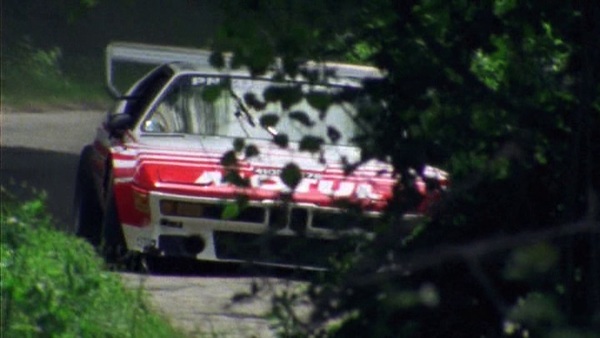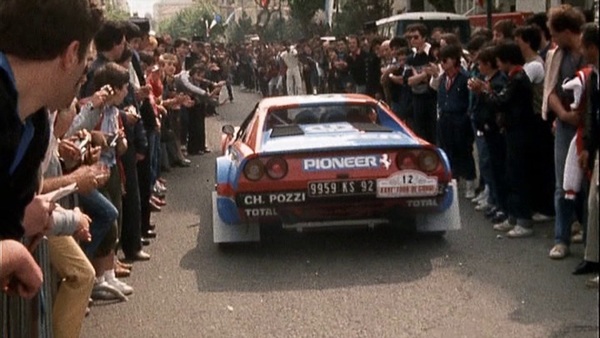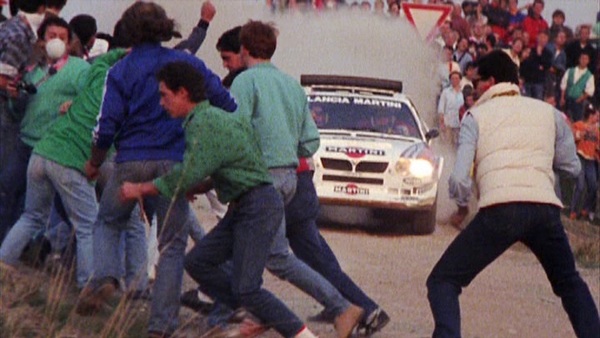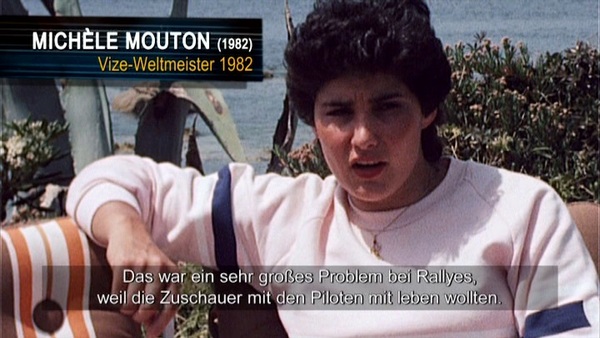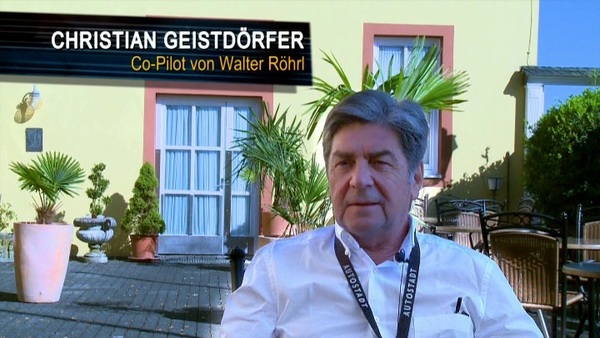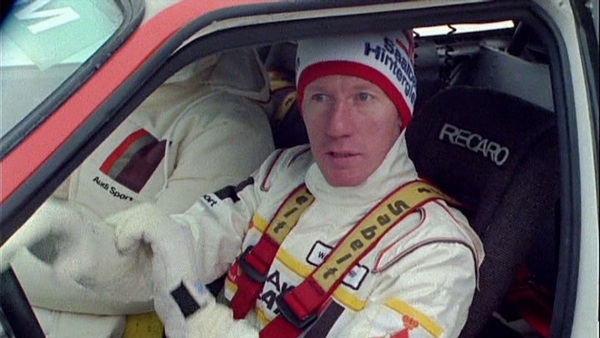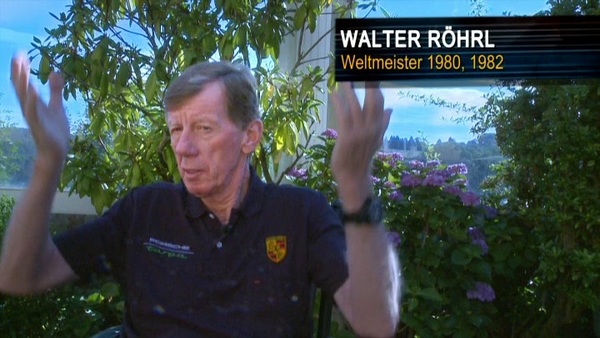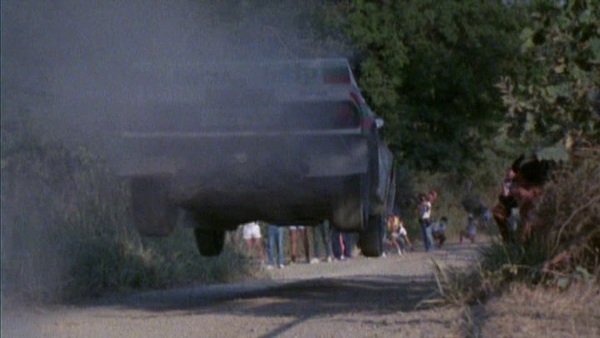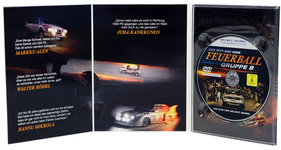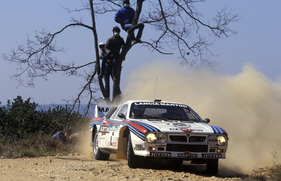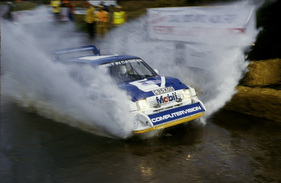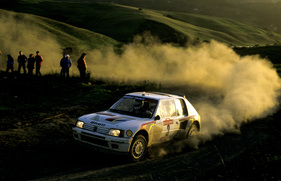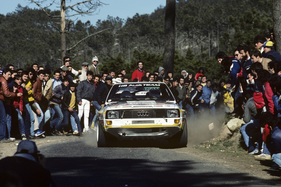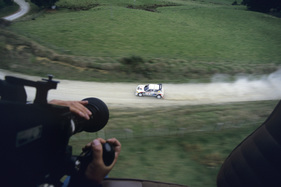When I first read a few months ago that Helmut Deimel was going to make another rally film, I was really excited. And it wasn't just going to be a rally movie about any old time. No, the film was billed as a "ride on the fireball", a venerable monument to the wildest and most unbridled era of rallying. This set the bar particularly high, but it was clear to me that Helmut Deimel would reach or even surpass it with the film! The wait for the movie seemed endless. But the DVD arrived in my letterbox the other day.
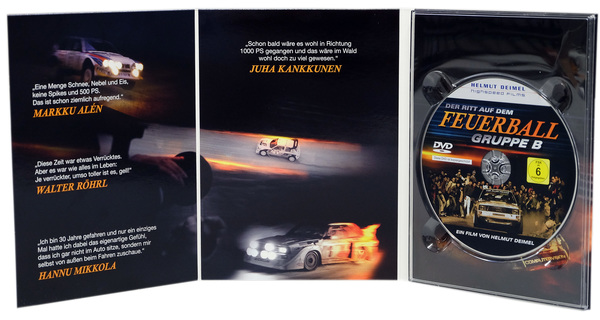
If you've never seen a Helmut Deimel movie before, you probably can't really understand my excitement. Only when you know the care and love with which he makes his films and you have been able to experience the exclusive images and sounds in your own TV room will you be able to follow my words with a nod.
Through the eyes of Helmut Deimel
Just as celebrity chefs have their "signature dishes", with Helmut Deimel you could speak of "signature perspectives", his own signature in filmmaking so to speak, he chooses perspectives to capture the atmosphere as fully as possible and show the viewer as if you were there yourself. You are often so close to the action that you want to jump back when a Group B rally car jumps over the dusty crests and drifts past you. In fact, filmmaker Helmut Deimel often mingled with the fans and only ran to the side himself when the fans left the road - pure adrenaline!
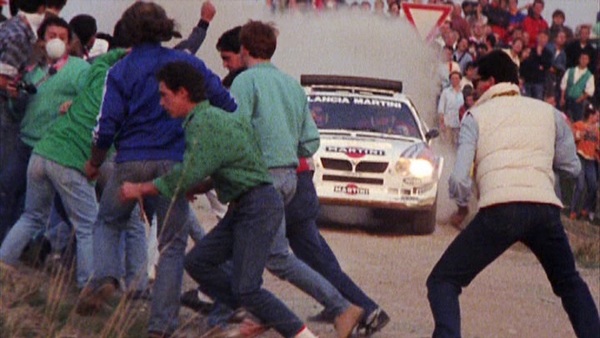
But Helmut Deimel also shows a lot of far-sightedness, landscape and quiet moments, you don't always just see the vehicles and the drivers but also the nature around the track, the whole scenery, it's like a perfect documentary, simply for rally fans!
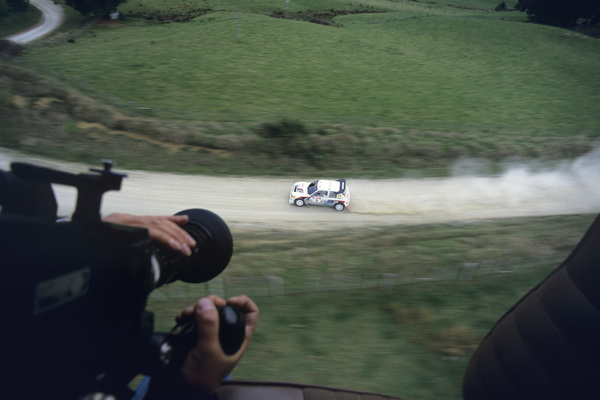
The era of 500PS monsters and pickups
"The Ride on the Fireball" focuses on the spectacular action of the 500+ hp machines and highlights the rapid development of the years 1983 to 1986 in the Austrian's inimitable style. That's why none of the legendary vehicles such as the Audi Sport quattro S1, Peugeot 205 Turbo 16 E2, Lancia Delta S4, Ford RS200 or MG Metro 6R4 are missing.
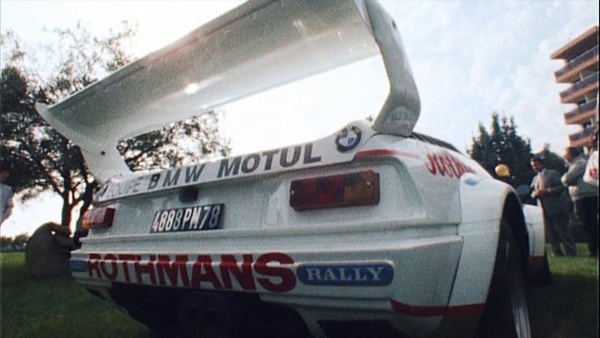
However, the movie would not be perfect if the lesser-known protagonists were not mentioned. You can hear and see a BMW M1, Renault 5 Turbo or even a Peugeot 504 pickup.
Not just always full throttle
The chronology of events is repeatedly interspersed with thematic digressions such as the failure of high-tech in Africa, the summit assault on Pikes Peak or a look at the planned Group S. In addition to the action on the special stages, Deimel also covers the technology and the main protagonists of the time. From Walter Röhrl and Ari Vatanen to the four Group B world champions and team bosses Jean Todt and Cesare Fiorio - Deimel spoke to all the important protagonists for his homage to this era.
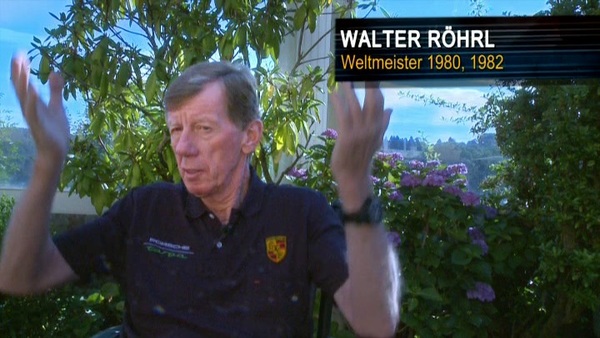
Deimel on the hood
The story of Helmut Deimel's total dedication to perfect film sequences is told when the end of his filming was almost heralded. It was at a crossroads at night, at the 1984 Sanremo Rally. Helmut Deimel wanted to film the crowds of spectators as they were illuminated by the headlights, how they went wild with enthusiasm and how the cars finally drifted into the frame.
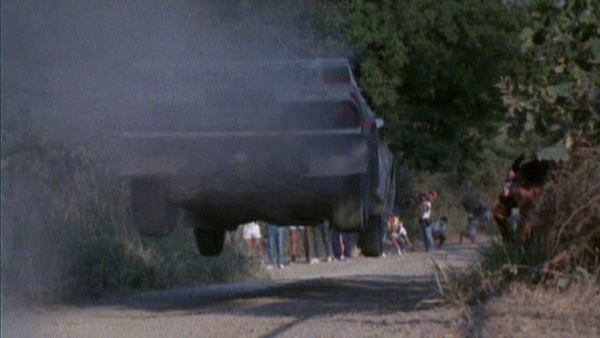
He made a fatal mistake: he stood with his back to the approaching cars, with a dense wall of fans next to him. There were no problems for four cars, the shots were great, but then Jean-Pierre Nicolas came along in a Peugeot 205 T16, positioned it a little too sideways and caught the filming Deimel on the back of the knee. He flew onto the car and smashed the windshield with the camera. As the crossing speed was no longer so high, he escaped with a slight concussion and the camera was totaled. On the last night of the rally, however, Helmut Deimel was already out filming again, this time with a rental camera...
The allure of unbridled freedom
Helmut Deimel comments: "I believe that in this day and age, where everything seems to be regulated and secure, there is still a certain longing for such wild, unbridled times. You can also see that in the many extreme sports where young people play with their lives. The general freedom of being able to enjoy rallying back then - as well as racing, by the way - is lost on many people today. The service points were out in the open, not cordoned off under a tent roof, and there were also driver personalities like Walter Röhrl, who you could approach practically anywhere and at any time and ask for an autograph." And it is precisely this freedom that the filmmaker has captured perfectly and makes the film so special.

Michèle Mouton said to the spectators along the route: "The first time you thought: OK, these guys are completely insane and took your foot off the gas. The second time you thought: But they're still there! And the third time, you just forced yourself to forget about them and imagined that they were trees or a wall.

Juha Kankkunen also confirms that the fans really were often too close to the vehicles: "Two fingers were found under the air intake in the rear. These inlets had sharp edges and sucked the air to the radiators and the engine. People simply tried to touch the cars as they drove past..."
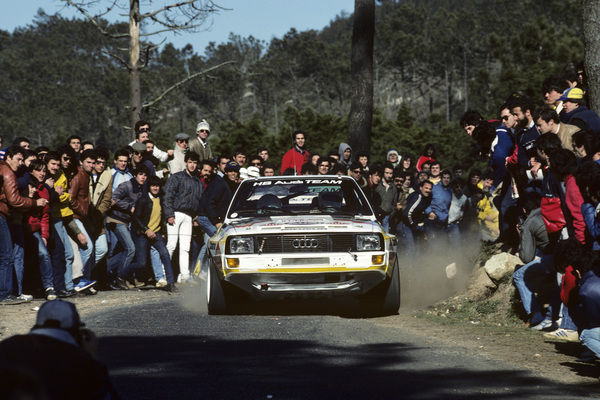
Conclusion
Although the 100-minute film also deals with the tragic accidents of the Group B era, the focus is on the fascination. "The Ride on the Fireball" is not a blood opera. It is a rally movie that gets under your skin. Helmut Deimel throws a few stones behind his review of Group B, but a whole lot of roses.
For fans of motorsport and rally films, this movie is certainly the best little Christmas present.
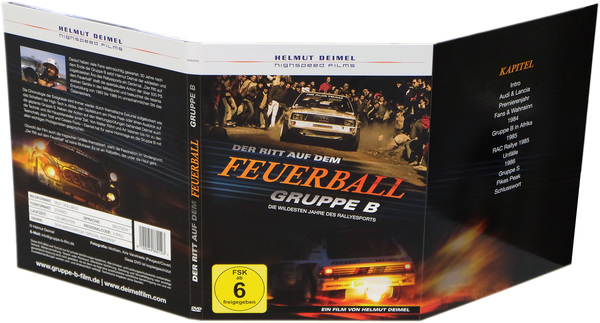
Technical information
- Order the movie at the RallyWebShop or at Amazon
- Director: Helmut Deimel
- Studio: Deimelfilm
- Format: 16:9, Stereo
- Running time: 100 minutes
- Language: German
About Helmut Deimel
Helmut Deimel, born on December 12, 1949, came to rallying in the 1970s. He made his first rally films as an ambitious amateur and began a short but successful career as a co-driver: in 1978, Deimel became Austrian Rally Champion as co-driver to Franz Wittmann. In 1979, he founded the company Deimelfilm and turned his hobby into a profession.

In 1980, he ventures into the World Rally Championship and produces his own documentary about Walter Röhrl's first WRC title. The film is shown on ORF as a preview of the Audi Quattro's rally premiere at the 1981 January Rally in the Mühlviertel. Those responsible at Audi are so enthusiastic about the documentary that they hire Deimel to document the Quattro's rally outings. The Austrian accompanied the entire Quattro era in rallying until 1987 and then moved to the circuit together with Audi - first to the USA, then to the DTM.
After ten years with Audi, Deimel moved to Mercedes-Benz in 1991. Up to and including 2013, the Viennese documented all motorsport activities for Daimler - from the DTM to the GT series and IndyCars through to Formula 1.
